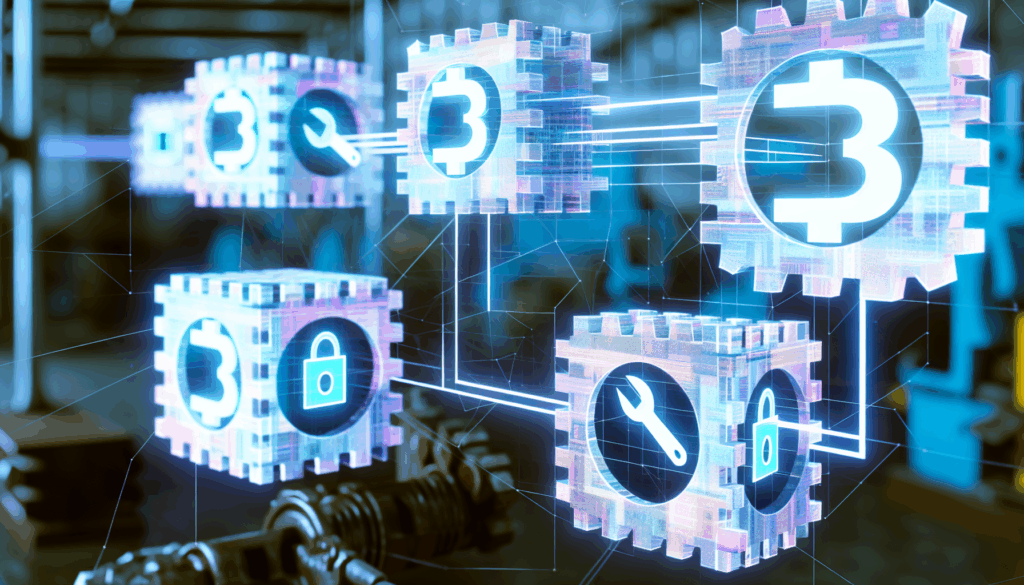
Revolutionizing Maintenance Logs with Blockchain Technology
In the age of digital transformation, blockchain technology is not only revolutionizing the financial sector but also pioneering novel advancements in maintenance practices. This article sheds light on the integration of blockchain for maintenance logs, offering insightful analyses that are paving the way for unprecedented operational efficiency and reliability.
Incorporating Blockchain into Maintenance Protocols
Incorporating blockchain technology into maintenance protocols is fundamentally transforming the way accuracy and accountability are maintained in logging processes. One of the standout features of blockchain is the creation of tamper-proof records. For example, in the aviation industry, blockchain has been instrumental in maintaining the integrity of maintenance logs for aircraft. Each entry on the blockchain is encrypted and linked to the previous entry, ensuring that once data is recorded, it cannot be altered or deleted without detection. This immutable record-keeping boosts the confidence of regulatory bodies in the veracity of the logs.
The implementation of blockchain in maintenance protocols has also streamlined operations significantly. In the manufacturing sector, blockchain enables real-time data sharing among stakeholders, from equipment manufacturers to maintenance teams and operators. This seamless communication ensures that everyone has access to the latest information, minimizing downtime and enhancing operational efficiency.
Blockchain’s role in predictive maintenance and asset management cannot be overstated. By leveraging the data integrity and security features of blockchain, companies can predict equipment failures before they occur, schedule timely maintenance, and extend the life of their assets. Moreover, in industries where regulatory compliance is crucial, blockchain provides a robust framework for demonstrating adherence to maintenance standards and regulations.
Experts recommend a phased approach to implementing blockchain in maintenance systems, starting with a pilot project to demonstrate the technology’s potential. This allows for the identification of specific challenges and opportunities within a controlled environment, paving the way for a broader roll-out with enhanced operational resilience.
Conclusions
To encapsulate, blockchain for maintenance logs is not merely a trend but a strategic transformation. It ensures the integrity of log data, promotes transparency across operations, and empowers organizations to adopt proactive maintenance strategies. As we embrace these game-changing insights, organizations can operate with greater confidence and efficiency, driven by the innovative potential of blockchain technology.
